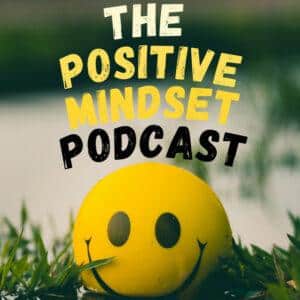
In this episode of Ted Talks Daily, Eileen Isagon Skyers explores the world of AI art and its impact on creativity. She delves into the different perspectives on AI and its role in the artistic process. Through conversations with artists Anna Ridler and Helena Sarin Silver, Skyers uncovers the unique ways in which AI is expanding creative possibilities and challenging traditional notions of originality.
AI art is pushing the boundaries of creative possibilities. Through AI algorithms, visuals are generated that are both familiar and strikingly unfamiliar, challenging our perceptions of what art can be.
There are differing opinions on the role of AI in creativity. Pessimists view AI as a threat, fearing the loss of human artistic expression. Optimists, on the other hand, see AI as an extension of human creativity, offering new tools and techniques to explore.
AI art involves a curation process where artists select from a vast pool of images. By curating and combining these images, artists create unique compositions that reflect their artistic vision.
Artists who collaborate with AI constantly adapt their process as the technology evolves. They embrace the evolving tools and techniques, pushing the boundaries of what is possible in art creation.
Artist Anna Ridler employs masking and transforming techniques in her AI art, drawing parallels to the glazing process in oil painting. These techniques allow her to create intricate and layered portraits.
Artist Helena Sarin Silver explores the intersection of language and AI art. By feeding images from one AI model into another, she creates new forms of language and understanding for the machine. Her work combines elements of master painting and digital art, paying homage to renowned artists.
AI models are trained on different sets of information, resulting in variations in their generated outputs. This diversity in AI “languages” adds to the richness and complexity of AI art.
As AI art becomes increasingly prevalent, it is essential to be culturally literate in understanding and appreciating these new forms of artistic expression. Artists who collaborate with AI provide valuable insights into this evolving field, helping us navigate the intersection of art and technology.
The age of AI art brings forth new possibilities and challenges for creativity. By embracing AI as a tool, artists expand their creative horizons and create art that pushes the boundaries of imagination. As AI continues to evolve, it is important for us to adapt and appreciate the cultural significance of AI art in shaping our technological future.